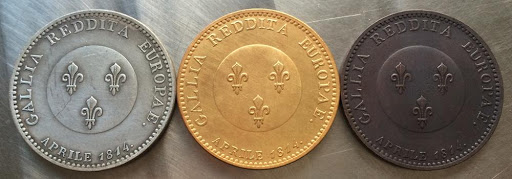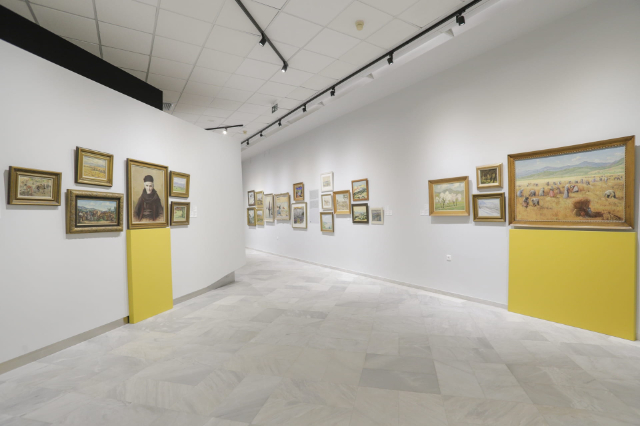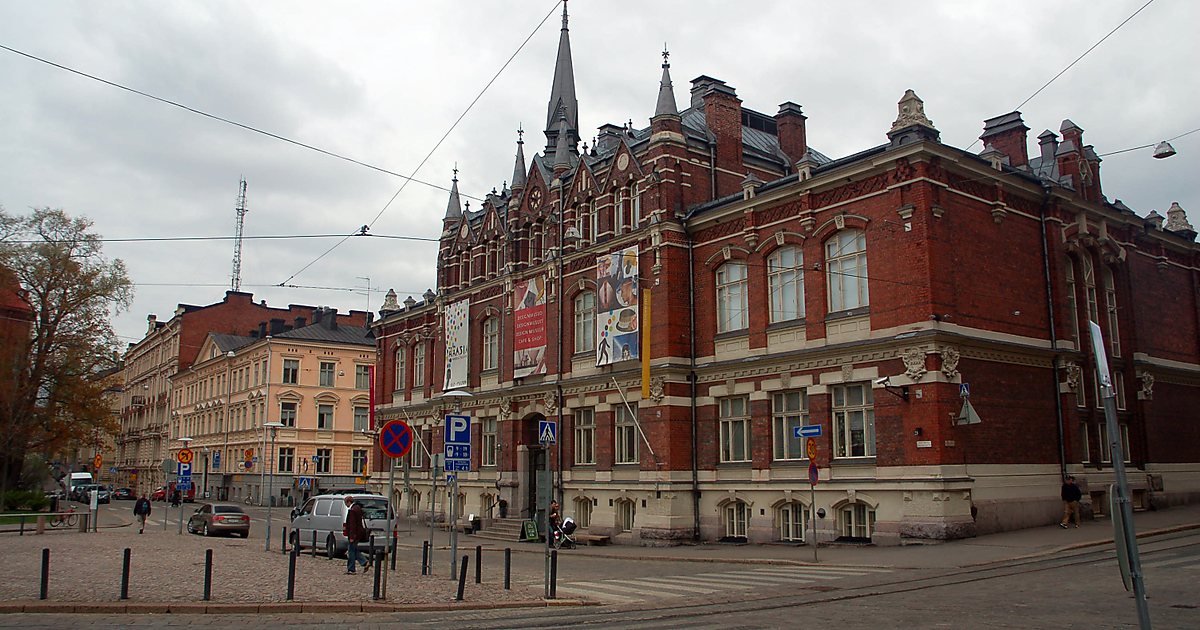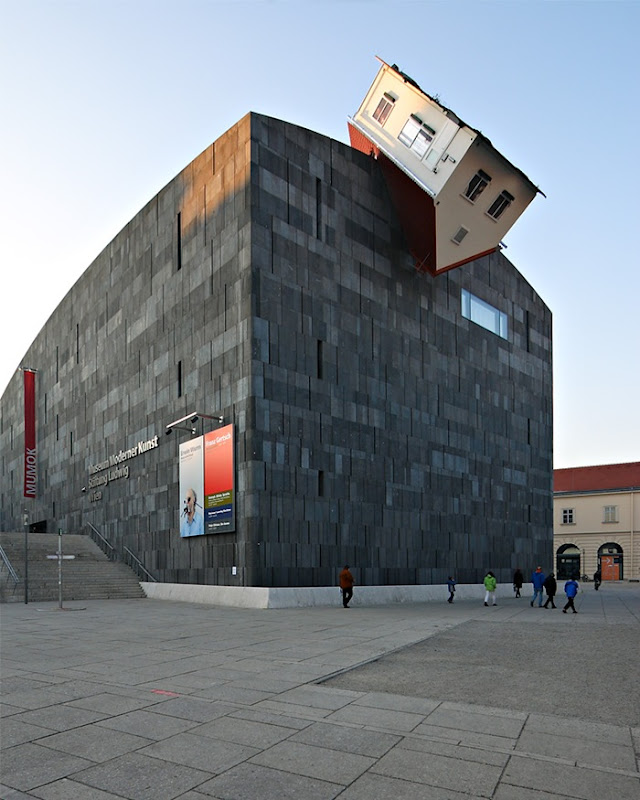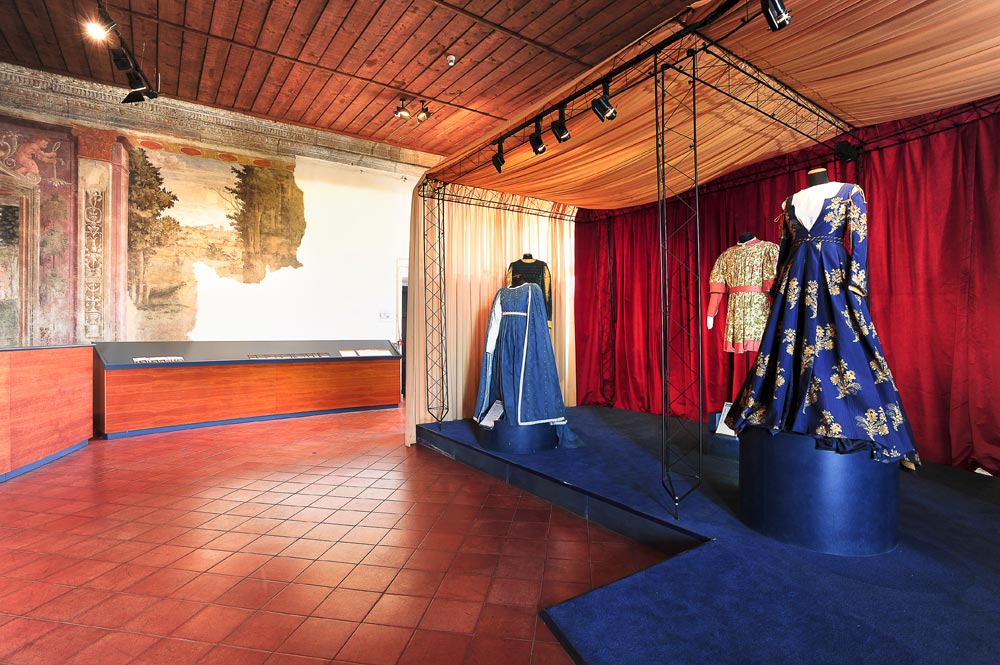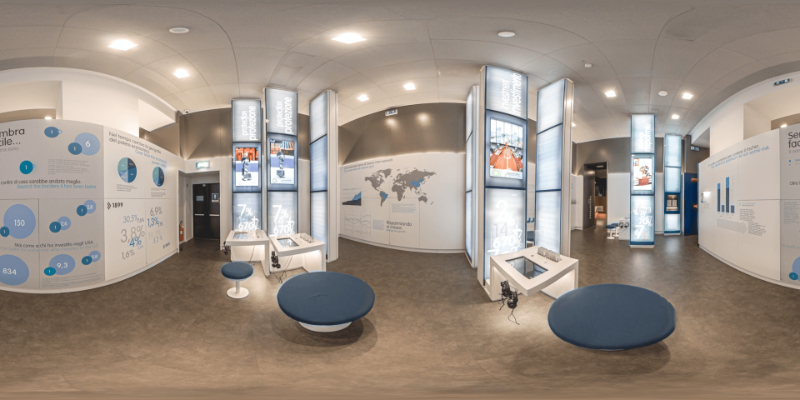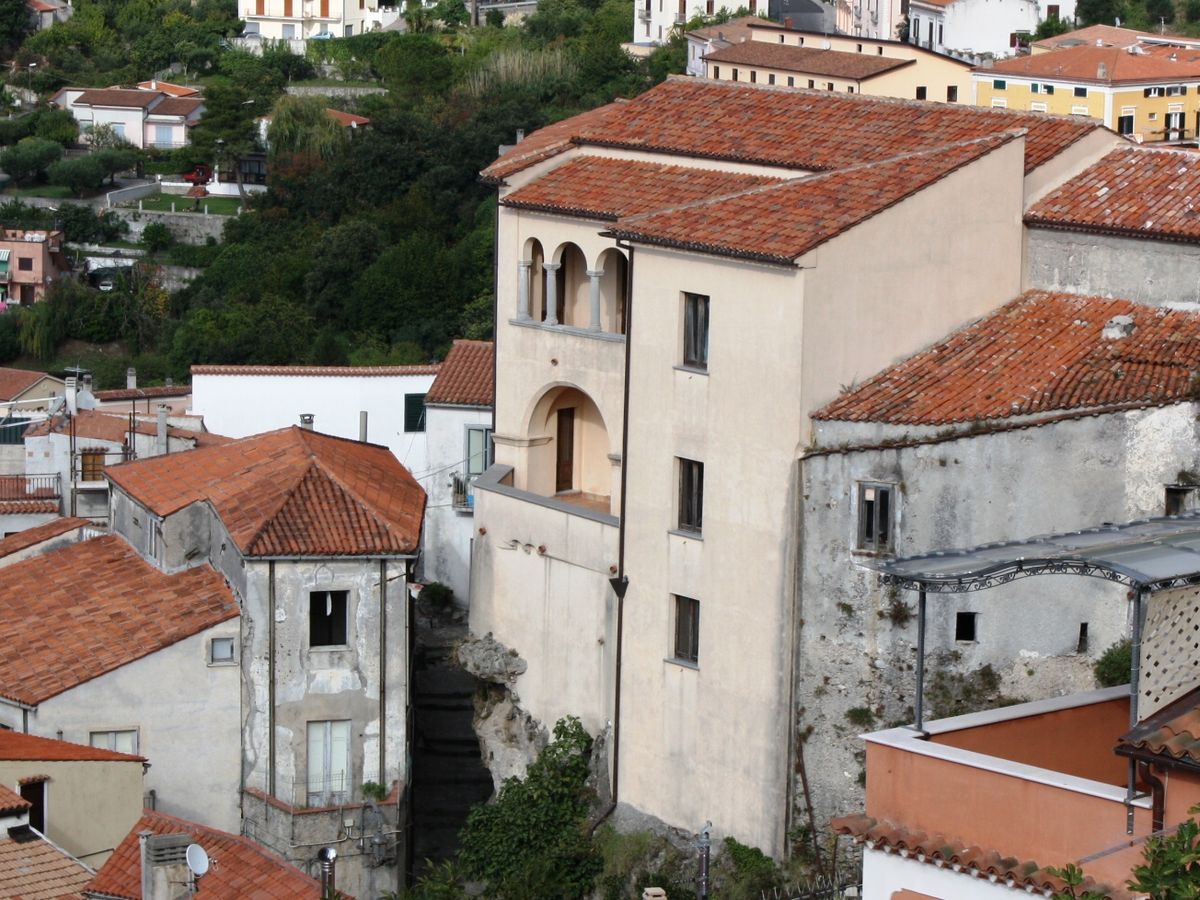The Museum of the Mint of Rome has its roots in the Pontifical Mint of the Capital of the late eighteenth century. Born in 1824 as the Papal Cabinet of Medals and acquired by the Government of the Kingdom of Italy in 1870, it was officially established in 1958 by the Italian Republic. In 1978, the year in which the State Mint passed to the then Istituto Poligrafico, its rare and precious numismatic collections became part of the patrimony of the current Istituto Poligrafico e Zecca dello Stato, together with an extraordinary apparatus of period machinery, some of which is still working today.
The collection of the Mint Museum, of exceptional historical and artistic interest, includes over 20.000 works including coins, medals, minting and wax models: the coins, with a rich collection of issues from Italian and foreign states from the Middle Ages to the present day, also including proofs and designs, the collection of medals of the most illustrious and authoritative artists of all time, the nucleus including cones and punches from the papal collection and part of those used for devotional medals and the great added value represented by a collection of wax models for medals and cameos, whose largest group (425 waxes) is represented by the works of Benedetto Pistrucci. The great fame of this Roman engraver is due above all to one of his most celebrated works, the golden pound of which the Museum exhibits original studies and models.
